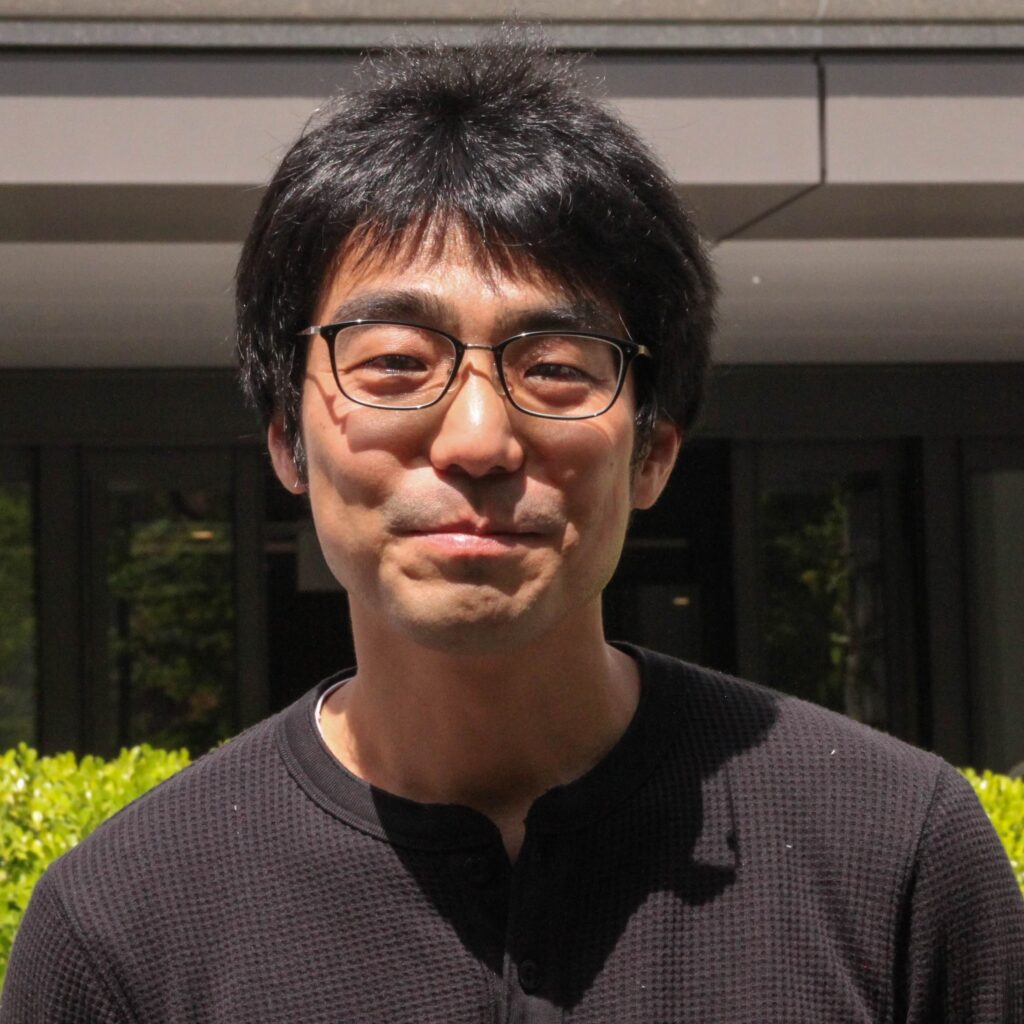
Ph.D. / Assistant Professor
Expertise: Evolutionary Developmental Biology; Phylogenetics; Comparative
Genomics and Transcriptomics
Email: k.kin.aw [at] juntendo.ac.jp
Google Scholar
Researchmap English Japanese
ORCID
X (twitter)
Selected papers:
Kin et al. The protein kinases of Dictyostelia and their incorporation into a signalome.
Cellular Signalling (2023) Link
Kin et al. Evolution of a novel cell type in Dictyostelia required gene duplication of a cudA-like transcription factor. Current Biology (2022) Link
Kin et al. Cell-type specific RNA-Seq reveals novel roles and regulatory programs for
terminally differentiated Dictyostelium cells. BMC Genomics (2018) Link
Kin et al. The transcriptomic evolution of mammalian pregnancy: gene expression
innovations in endometrial stromal fibroblasts. Genome Biology and Evolution (2016) Link
Kin et al. Cell Type Phylogenetics of Endometrial Stromal Cells: Identification of novel
decidualization genes. Cell Reports (2015) Link
Biography:
Dr. Koryu Kin received a Bachelor of Health Sciences from the University of Tokyo in
2006 and a Master of Science from the University of Tsukuba in 2008. After finishing
his master’s program, he moved to the USA and received his PhD in Ecology and
Evolutionary Biology from Yale University in 2015. He has worked on a diverse set of
organisms including metazoans (bivalve molluscs, salamanders, marsupials), fungi
(Neurospora crassa), the Dictyostelid social amoebas, and a holozoan protist
(Capsaspora owczarzaki). Regardless of the experimental systems that he used, he
has always been fascinated by the relationship of evolution, development, and cell
biology. A main research interest has been on how novel characters (such as new cell
types) evolve in multicellular systems through genetic changes or, in other words, the
evolution of multicellular complexity. In DBSB, where he joined in 2024, in addition to
continuing the lines of research that he has been working on, he will also start working
on developing research tools for investigating senescence and regeneration in Hydra.
